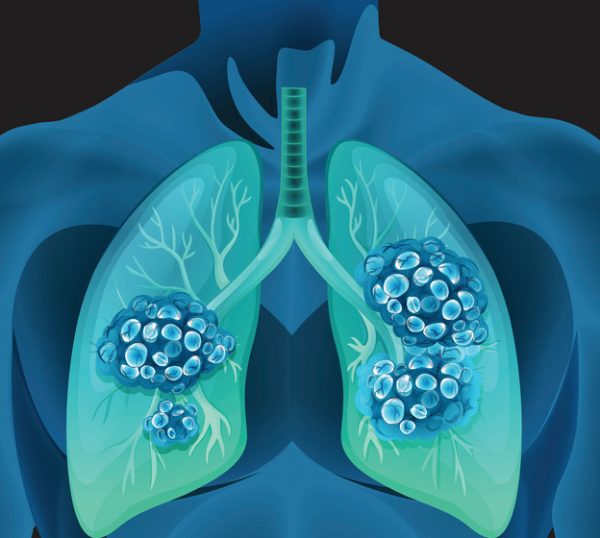
More than two-thirds of patients with non-small cell lung cancer in a trial of a drug designed to treat cancers based on a genetic biomarker experienced durable remissions, according to data from a clinical trial presented Monday at an ongoing lung cancer conference. However, analysts wrote that it appears progressively less differentiated from a competing drug in the same therapeutic class.
Indianapolis-based Eli Lilly & Co. presented data from the Phase I/II LIBRETTO-001 trial of LOXO-292 (selpercatinib) at the World Conference on Lung Cancer in Barcelona, Spain, showing an overall response rate (ORR) of 68 percent among the 105 NSCLC patients in the registration-directed dataset. The drug targets RET fusions, a genetic driver of certain cancers that is rare overall, but whose inhibition carries an unusually strong likelihood of response to treatment. Lilly plans to submit a regulatory approval application by year-end.

With the Rise of AI, What IP Disputes in Healthcare Are Likely to Emerge?
Munck Wilson Mandala Partner Greg Howison shared his perspective on some of the legal ramifications around AI, IP, connected devices and the data they generate, in response to emailed questions.
The drug was originally developed by Loxo Oncology, which won approval for its NTRK inhibitor Vitrakvi (larotrectinib) last November for cancers with NTRK fusions. Lilly acquired Loxo in January for $8 billion.
Selpercatinib additionally demonstrated an 85 percent ORR among treatment-naive patients and a central nervous system ORR of 91 percent among patients whose disease had metastasized to the brain. Patients in the registration dataset were heavily pretreated, having received a median of three prior systemic regimens, including 55 percent who received a prior PD-1 or PD-L1 checkpoint inhibitor and 48 percent who received a multikinase inhibitor. Median duration of response was 20.3 months, and median progression-free survival was 18.4 months, though the data on both those counts are still maturing, given that relatively few patients have progressed or lost their responses.
In terms of safety, 1.7 percent of patients – nine total – have discontinued the drug due to treatment-related toxicity.
A competitor to selpercatinib is Blueprint Medicines’ BLU-667 (pralsetinib), also a RET inhibitor. In a note to investors Monday, Cowen analysts Marc Frahm and Joseph Thome expressed a positive view toward selpercatinib, but wrote that pralsetinib – which showed a 60 percent ORR among 35 patients in a presentation at the American Society of Clinical Oncology in June – remains competitive. While selpercatinib establishes a “solid bar” for response rates and durability, it does not appear clearly superior to pralsetinib, and proposed points of differentiation appear to weaken with each data update.
Moreover, the analysts wrote that the two drugs’ tolerability profiles are likewise becoming less differentiated. While the rate of patients discontinuing selpercatinib due to toxicity is better than pralsetinib’s 4 percent, an increase in hypertension among patients taking the Lilly drug from the last data update is “notable.” In LIBRETTO-001, 14 percent of patients had treatment-emergent hypertension at Grade 3 or higher, and 8 percent had Grade 3 or higher treatment-related hypertension – compared with 13 percent and 10 percent of patients on pralsetinib. Updated data on lowered blood counts and allergic reactions were not disclosed.
Photo: blueringmedia, Getty Images














